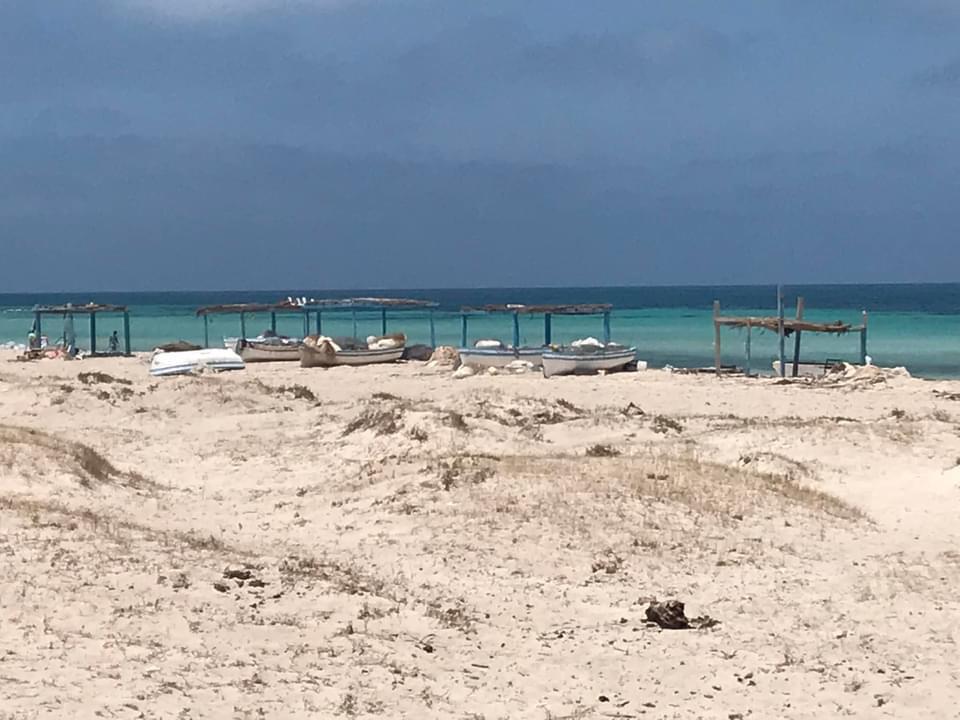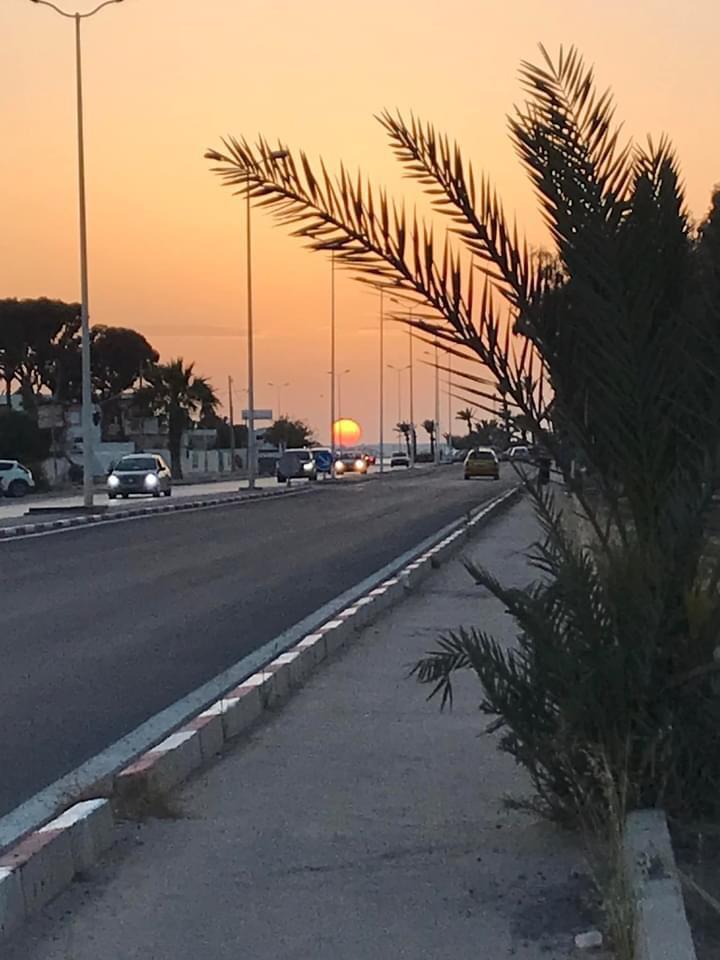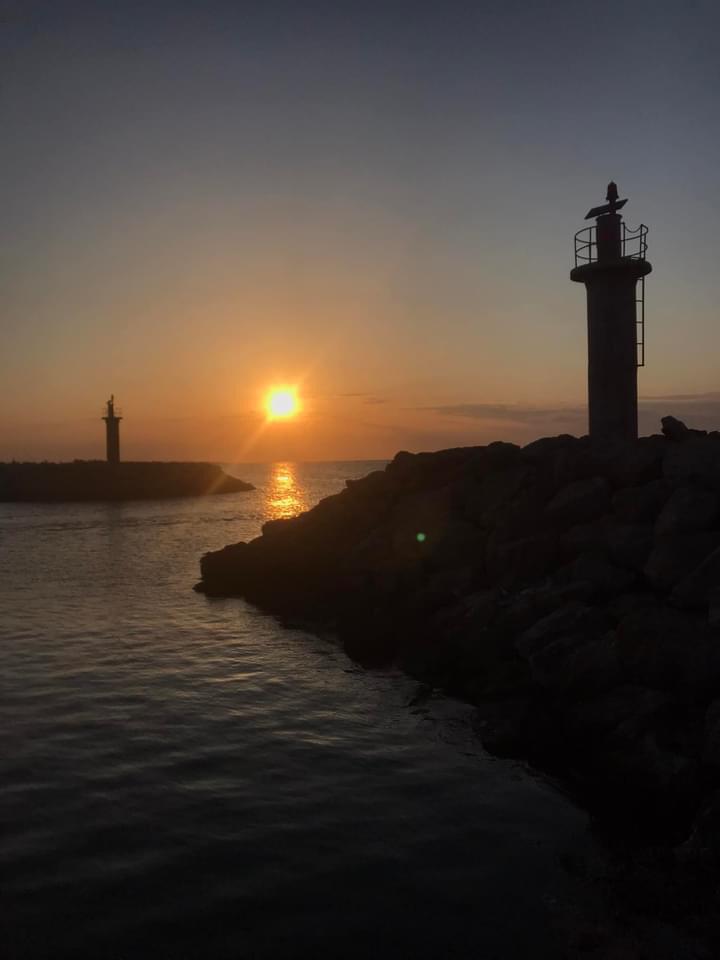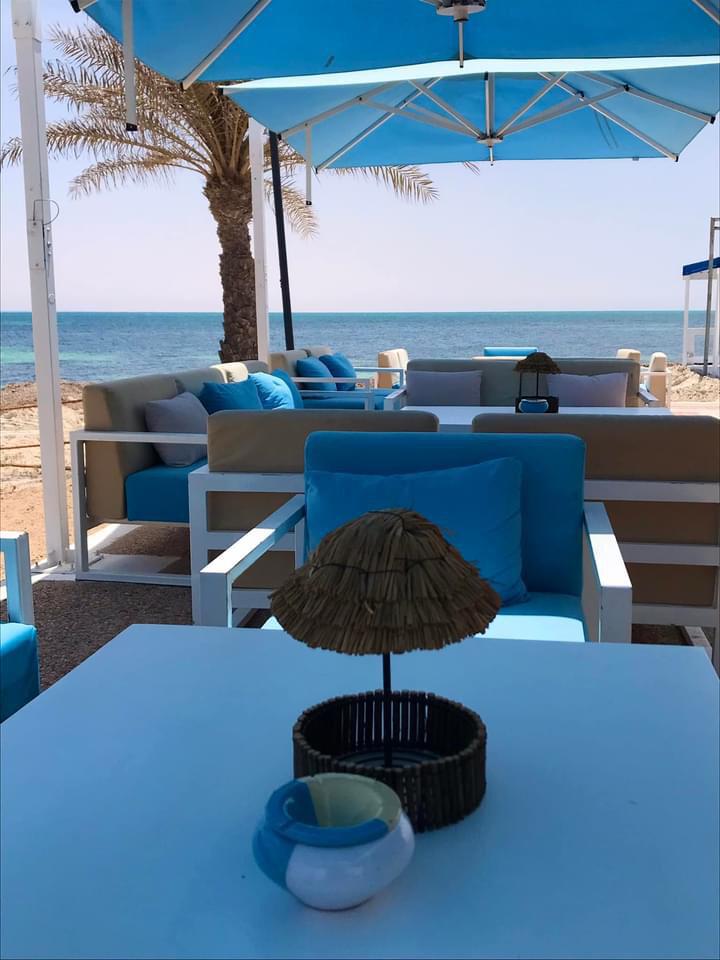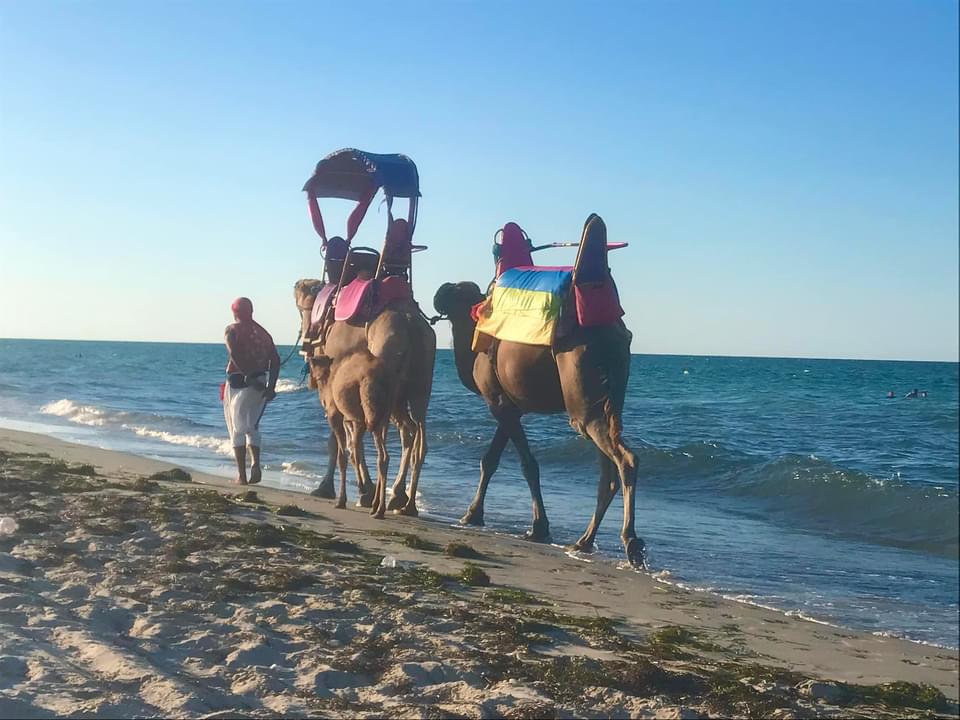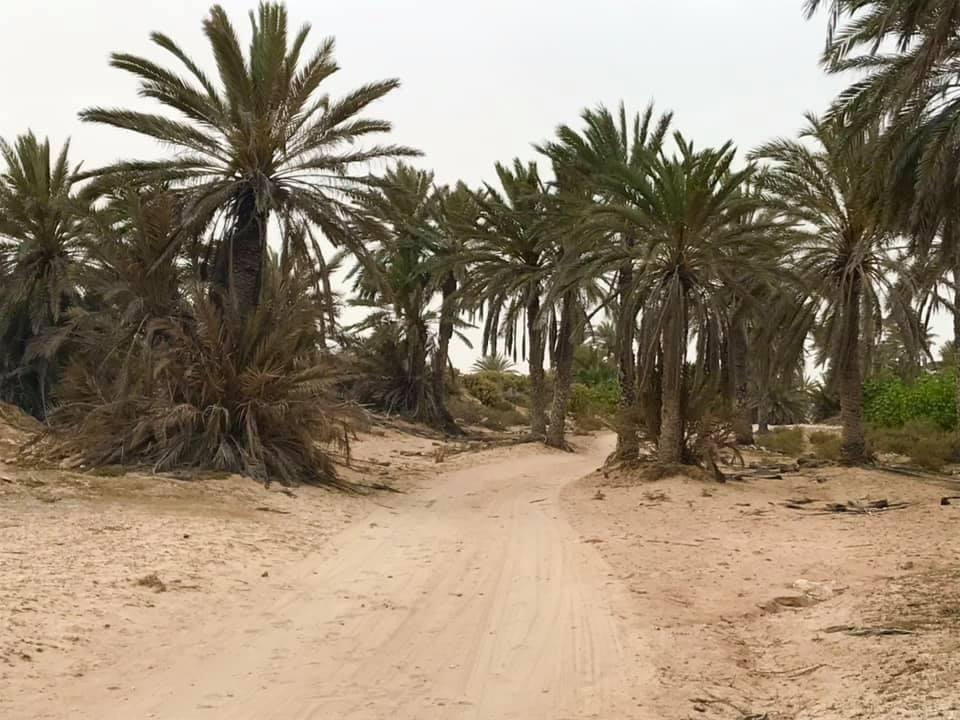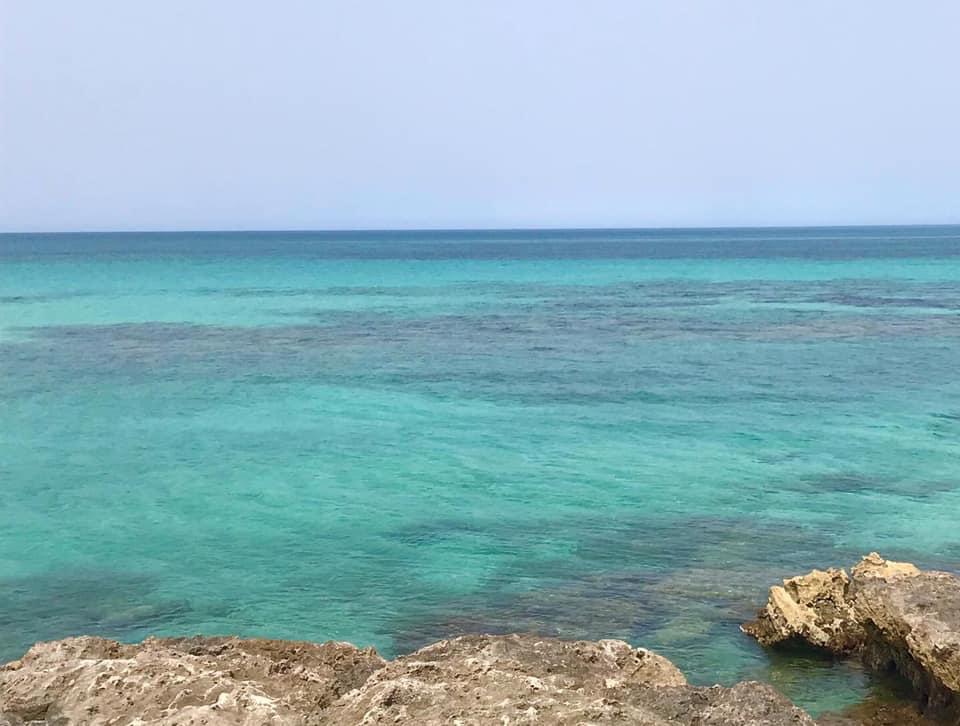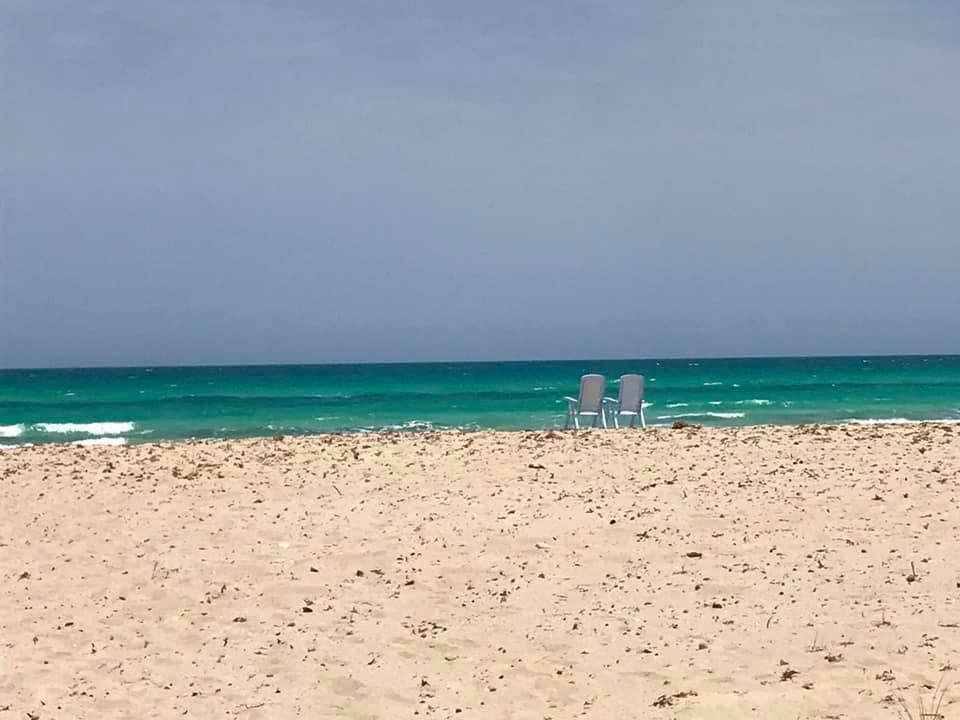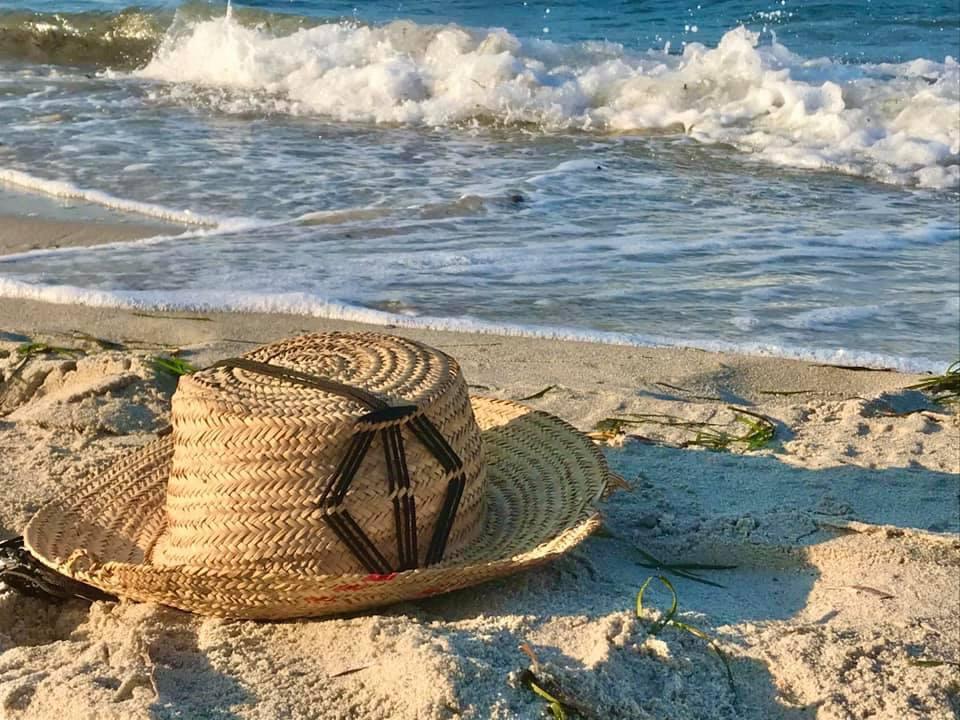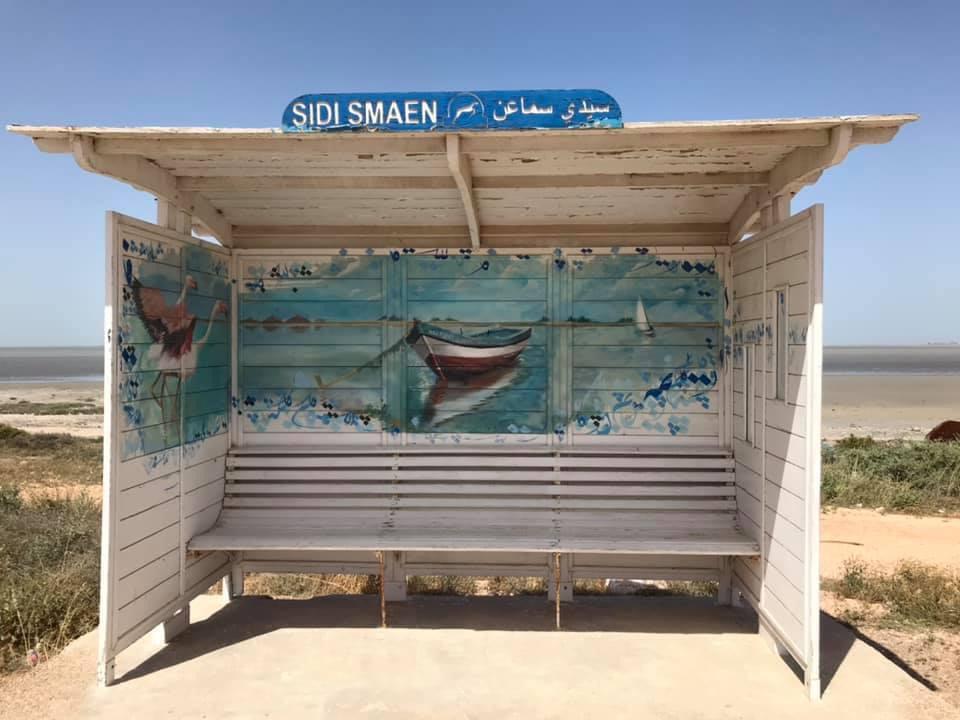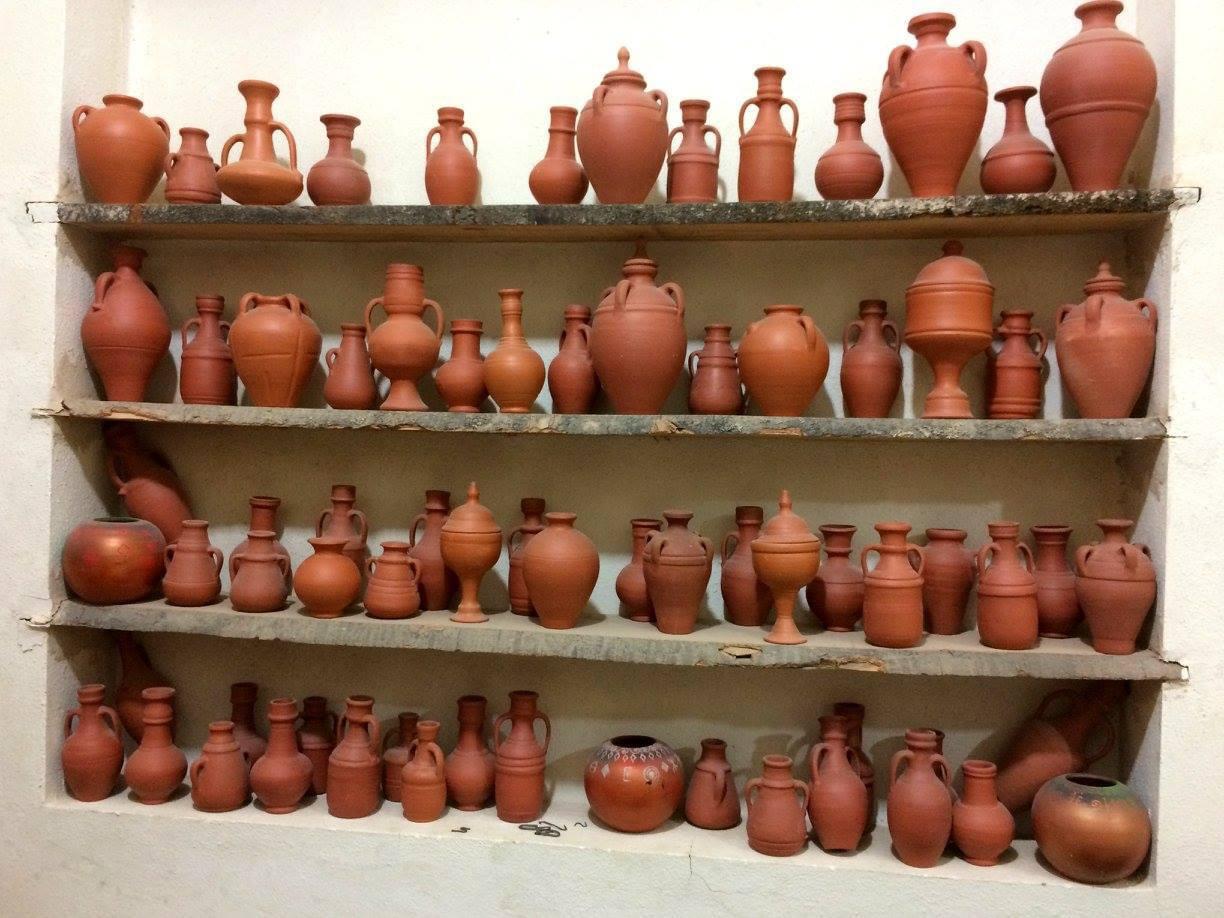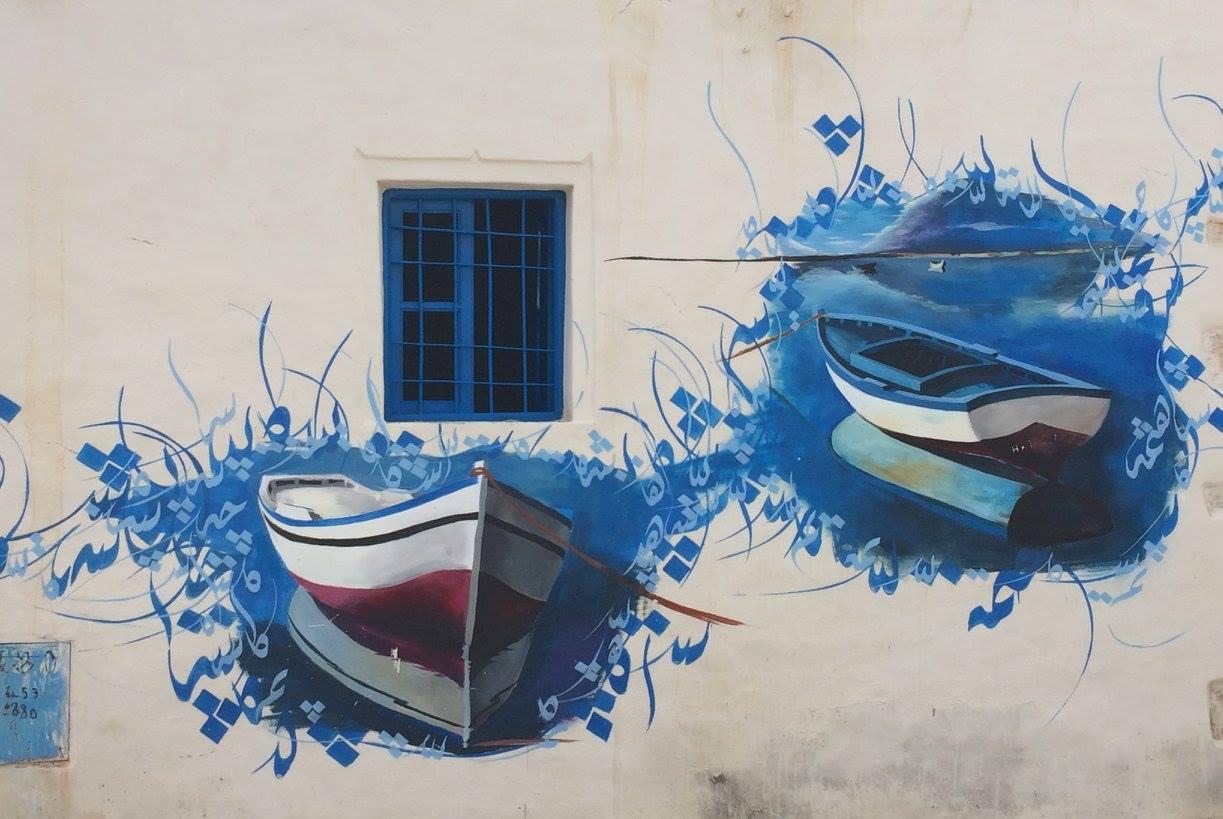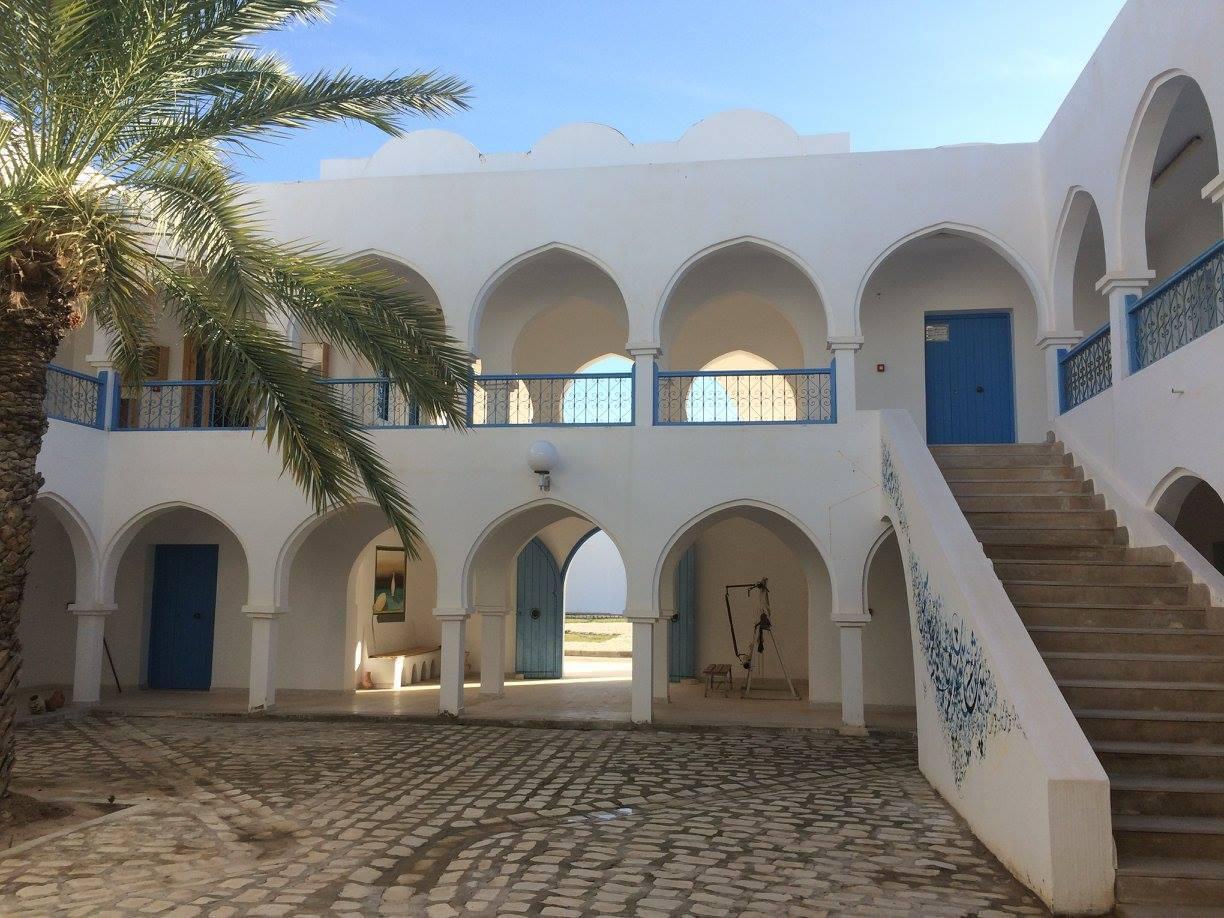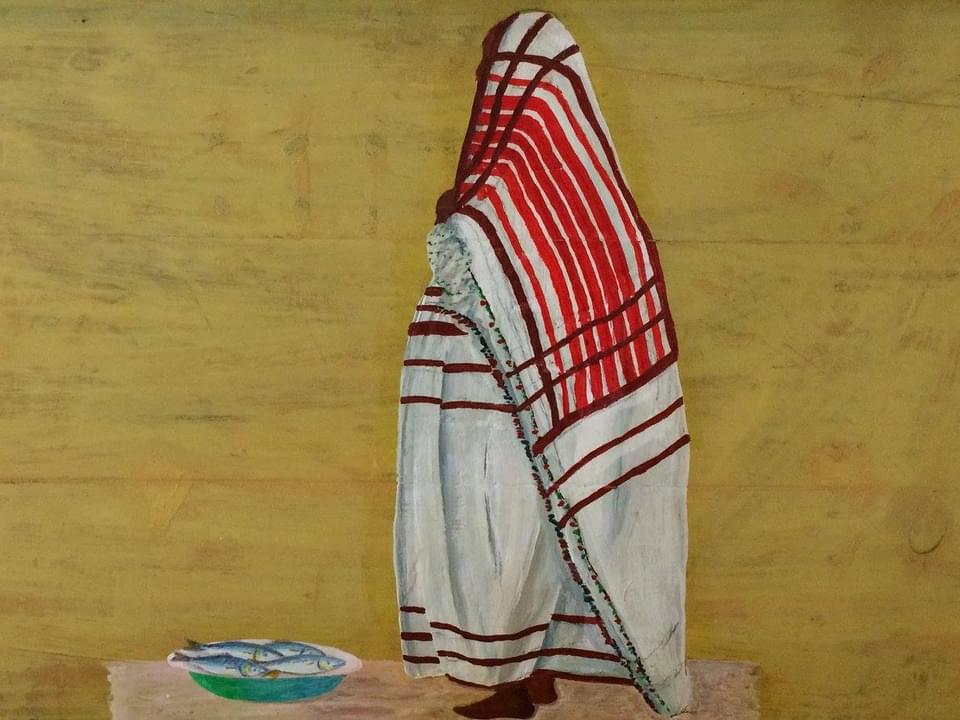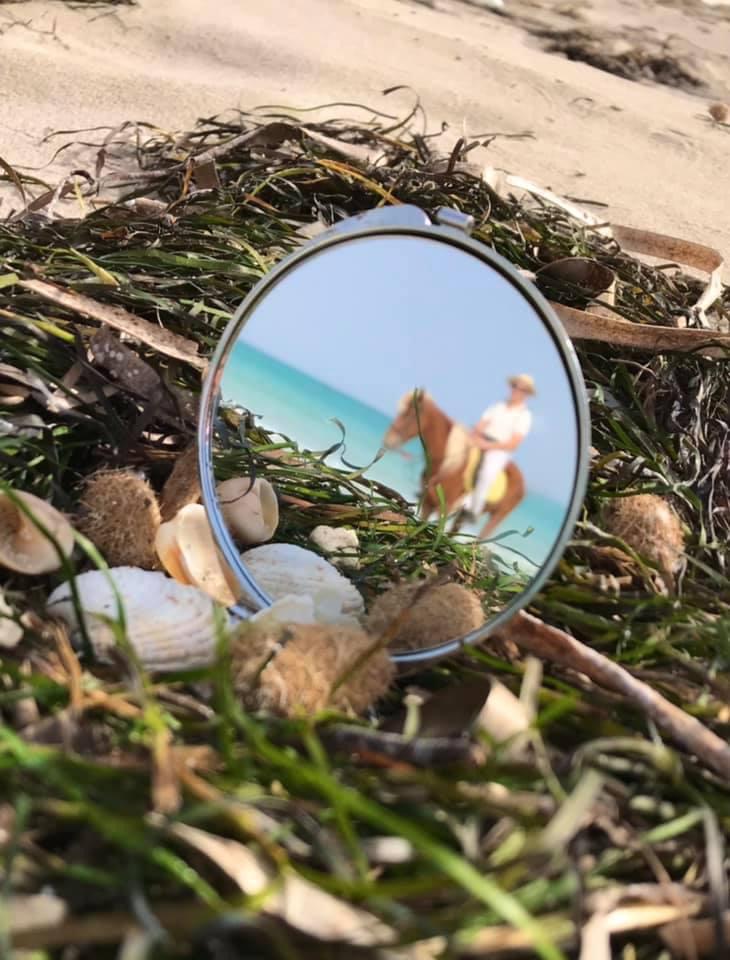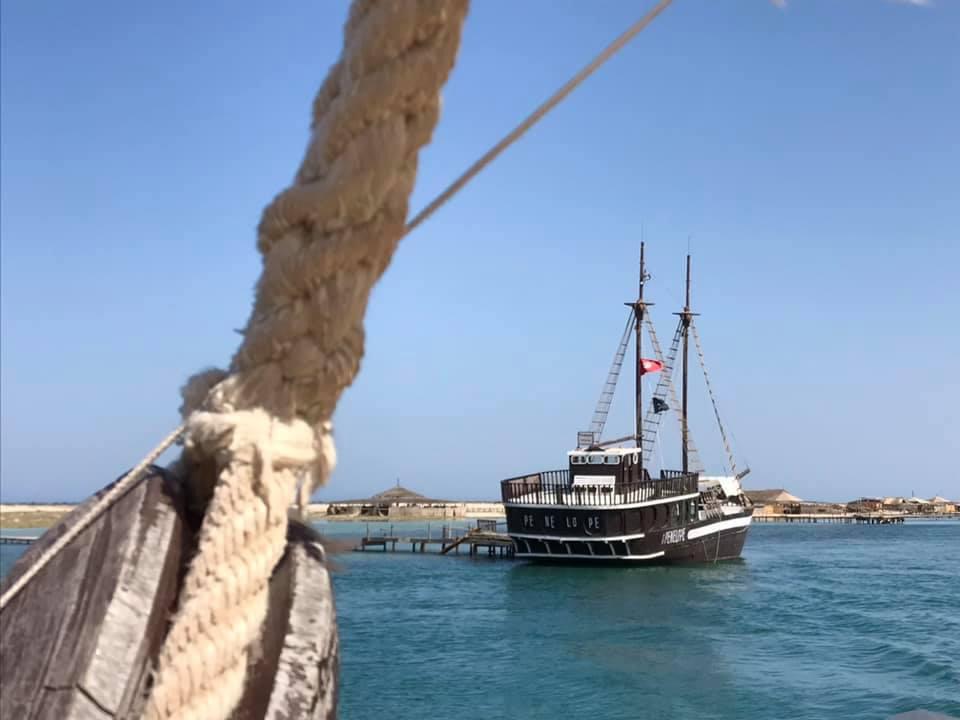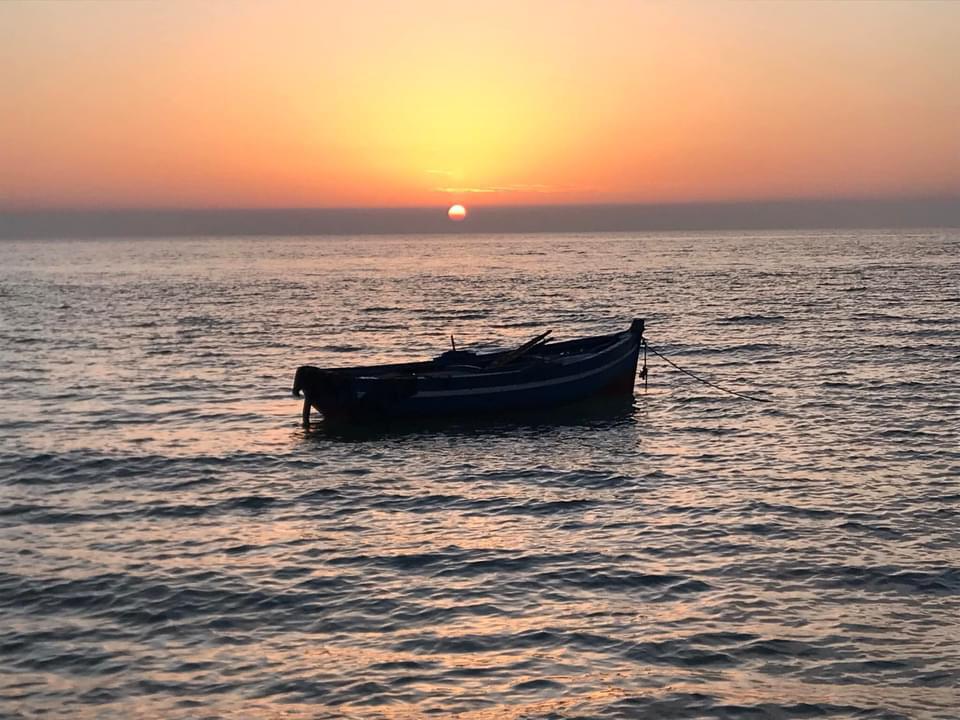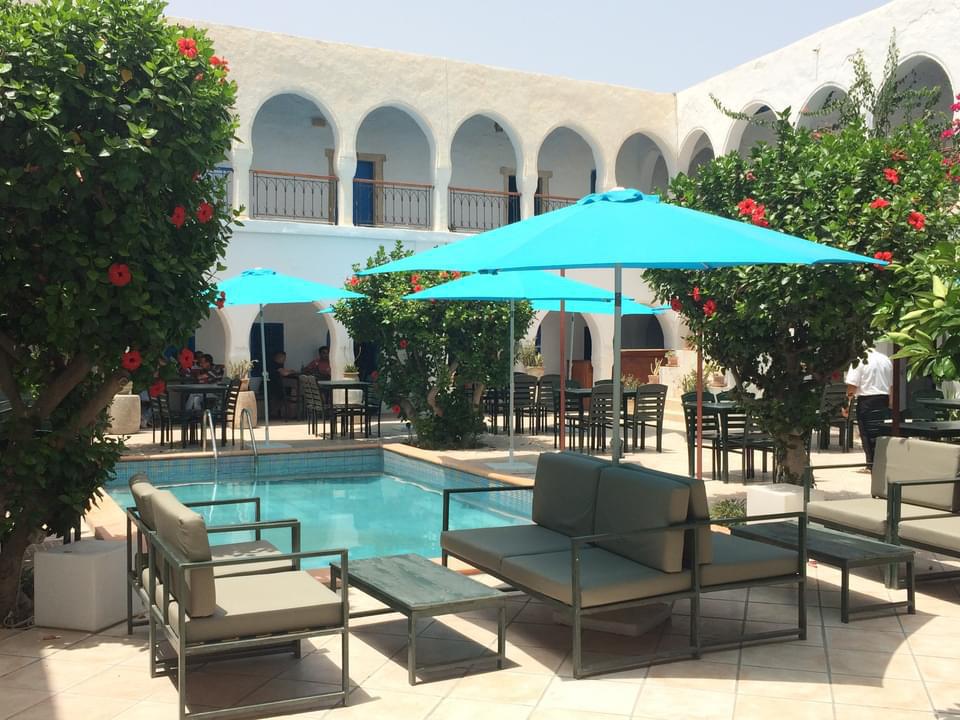Djerba: The Island where Flamingos Turn Pink. Part II
In the first part of our interview with Yulia Pushkina, a member of the Carthage Group team and a European lady who managed to become a local on a distant African island far from Europe, we talked about the customs of Djerba’s residents and some of the attractions of this fascinating UNESCO World Heritage site.
We also learned where the hotels are located on Djerba, whether jellyfish bother tourists here, why the local sea trips are considered unique, and why Jews from all over the world come here every year.
And now we continue our conversation!
Yulia, you’ve told us about underground mosques and an ancient synagogue that are located quite close to each other on a relatively small area of the island. However, there are certain disagreements between followers of Islam and Judaism. How are such issues resolved on Djerba?
The island’s motto is tolerance. In the conflict between Israel and Palestine, Tunisians show clear support for Palestine, sometimes driving cars with Palestinian flags, but the Jewish community of Djerba does not take this personally.
There are two Jewish settlements here, each with its own synagogues, kindergartens, and other infrastructure. However, in the end, on Djerba, all of us, Muslims, Jews, and Christians, are mixed together. We all treat each other with respect and understanding. For example, according to their beliefs, Jews cannot handle money on Saturdays, but they come to the stores for shopping and simply pay the sellers later, on other days.
That’s good news that people of different religions can coexist peacefully. What can you say about the safety on the island in general?
Perhaps, Djerba is the safest place in Tunisia. People who arrive here by plane, by sea on a ferry, or via the old Roman road that connects the island to the mainland, all go through police control. Additionally, Djerba is protected along its perimeter by police boats that thoroughly inspect the area from the sea.
By the way, since we’re talking about the connection to the mainland, which excursions on mainland Tunisia are the most convenient to go on from Djerba?
To the Sahara, which can be reached in just about an hour and a half. Visiting Tunisia and Djerba without seeing the world’s largest hot desert and enjoying the sight of its endless dunes is a major omission, in my opinion.
However, other famous Tunisian attractions, such as the legendary Carthage, are quite far from us. There were attempts to organize plane excursions to this amazing Phoenician city-state from the island, but it didn’t catch on as it turned out to be too expensive.
It’s good that there is plenty to see and explore right here on Djerba. Tourists can see the local fauna and there are exotic animals to be found here, right?
Of course. We have a crocodile farm, a park complex with a traditional Djerbian house, called a menzel, and a museum where household items found during excavations on Djerba are kept.
Around 400 crocodiles live on the farm, and you can watch them being fed. At 4 PM, the workers come out, pushing carts filled with chicken carcasses, which they toss to the predators. However, the crocodiles don’t always delight tourists with any special agility; our crocodiles are plump and lazy. This island is a place of relaxed leisure not only for people.
And the main brand of Djerba is, of course, the pink flamingos. These wonderful birds arrive here at the end of September, initially having a dirty white color. Then they feed on mollusks and crustaceans in the shallow waters, and eventually, they acquire their romantic pink hue. In the spring, they fly away again, and you won’t see flamingos here in the summer. But in the winter, there are many of them, and it is an indescribably beautiful sight!
We often see flamingos on the way from the airport to hotels. And, of course, we organize special excursions for tourists to the island where many of these graceful creatures spend the winter. It’s uninhabited because it gets flooded during high tides, but the flamingos feel great there.
On the island, tourists take photos of the birds and swim, sometimes even with dolphins, which we often encounter during this trip. They also enjoy a meal of traditional Tunisian dishes, prepared for them by our Djerbian pirates, who are also skilled cooks.
By the way, you can also try the delicacies of the national cuisine in Djerba’s hotels. Almost every hotel hosts special themed dinners once a week, featuring couscous, grilled fish, lamb, traditional brik pastries, and other treats. Moreover, the cuisine of the island is not as spicy as on the mainland, and it is more adapted to the taste of European travelers.
Lots of beautiful photos will definitely be reminders for tourists about a trip with pirates, flamingos, and dolphins. But in general, what souvenirs do tourists like to bring back from Djerba?
Of course, ceramics from Guellala, the village of hereditary potters. Here, you can see the process of making jugs, mugs, and other pottery, and then purchase anything that catches your eye.
They also bring olive oil, which in Djerba is known for its signature quality and is sold at affordable prices. Moreover, there are incredibly tasty dates that Djerba’s markets, stalls, and shops are supplied with from the Sahara.
Alcohol… Although there are only 4 places on the island where you can buy such products, and the selection is not particularly large, local drinks are still available. For example, tourists buy the unusual, grey wine which surprises even connoisseurs, and date liqueur «Tibarine». By the way, many people may find it interesting to try palm juice, either «alive» or «dead». It’s collected the same way as birch sap, and for the first 2-3 days, it remains light, «alive». Then it starts fermenting, becomes «dead», and this specific drink has its own admirers.
Yes, trying «alive» and «dead» palm juice is indeed intriguing. But speaking of more common items, like baby food or medicines, is it possible to make such purchases on Djerba?
Tourists have access to chain supermarkets where there are plenty of both children’s and adult products which are familiar for European residents; we don’t have shortages here. There are also plenty of pharmacies, and it’s worth noting that medicines in Tunisia are of very high quality.
Continuing the topic of medicine, we can’t help but ask about healthcare services on the island. Are there modernly equipped hospitals and medical offices available?
We have experienced doctors on duty who immediately respond to tourists who feel unwell and use their insurance policies. In general, healthcare is very good here. My neighbor, who received education in Europe and works as a doctor, notes that since there are fewer patients in the island’s hospitals compared to the mainland, there is more budget, medication, and attention from staff available for each patient.
Plus, there are numerous multi-profile private clinics and medical offices on Djerba with modern medical equipment. Libyans come here for treatment, as the medical situation in their country is not great. This means that these guests financially contribute to the development of our island’s healthcare system.
But medicine on the island also includes world-famous thalassotherapy centers, right?
Certainly. On Djerba, there are great thalassotherapy centers where water is pumped directly from the sea through pipes. The intake is located about 800 meters from the shore – where the sea waves are remarkably clean. There are also SPA salons, some of them are more advanced than others depending on the hotel.
Popular treatments include seaweed wraps, massages, various skincare and therapeutic complexes for the face and body, as well as programs aimed at strengthening the immune system, overall wellness, and assistance in addressing specific issues such as relieving back pain.
But that’s not all. On Djerba, there are hotels with mineral iron springs on their premises. In such places, pools filled with healing water are installed, which guests can use completely free of charge.
When is the best season to visit Djerba? When is the perfect time for holidays?
In any of the 12 months of the year. This is Africa, there are no frosts here, and the air temperature differs from the mainland by just 1-2°C. During the summer, in the second half of spring, and during the velvet autumn season, you can focus on a wonderful beach vacation. The main goal of a winter trip is to visit thalassotherapy centers and go on excursions, see the Sahara, meet the wonderful pink flamingos, and indulge in many other extremely interesting things.
I live on Djerba all year round and, by the way, that’s why the locals say to me, «You’re one of us, a Djerbian!» It’s very nice. You walk into a café or a store, and they already know your preferences, asking with a smile, «The usual for you?» In the morning, when you peek out onto the street from your home, you’re greeted with, «How did you sleep, dear?»
We talk to each other, discuss news from the mainland and our local events. The life flow here is a like a slow-moving river.
I really appreciate it and I can confidently say: Djerba is the coziest place on Earth. Those who truly like the charms of this island will definitely want to come back here. Some people may even want to stay and settle here, as you can see, it happens too.


